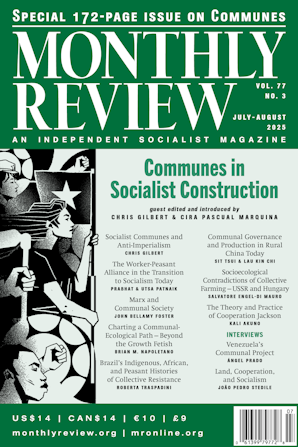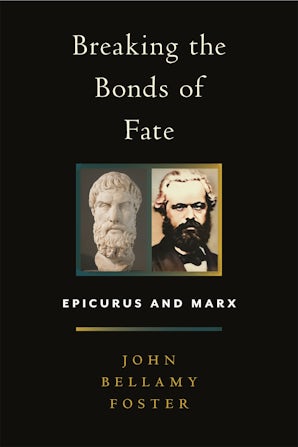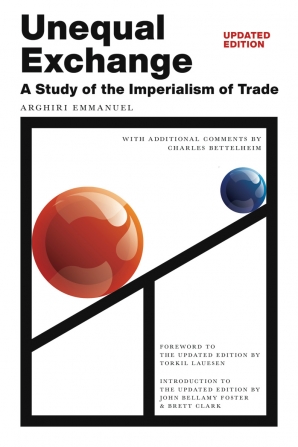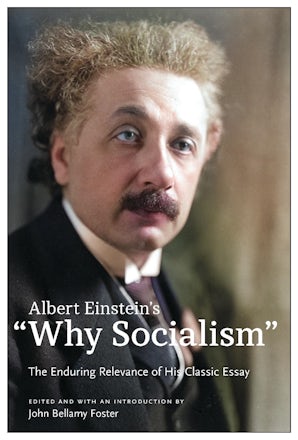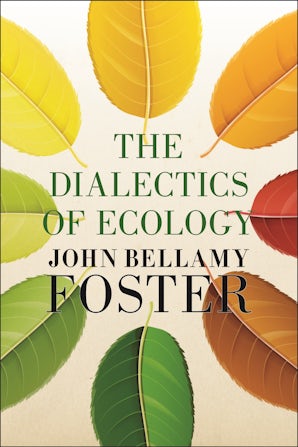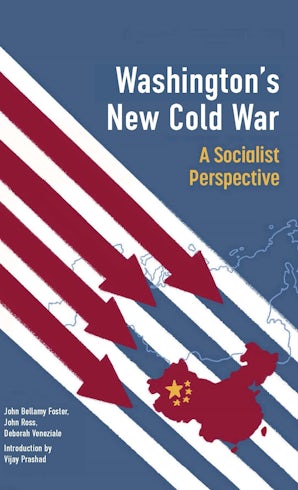Also in this issue
- Inside a People's Commune: Report from Chiliying (Excerpt)
- Communal Governance and Production in Rural China Today
- Socioecological Contradictions in the Development of Socialist Collective Farming: Drawing from USSR and Hungarian Histories
- Popular Power in Brazil: What Can We Learn from Indigenous, African, and Peasant Histories of Collective Resistance?
- Land, Cooperation, and Socialism
- Charting a Communal-Ecological Path: Beyond the Growth Fetish
- The Worker-Peasant Alliance in the Transition to Socialism Today
- Socialist Communes and Anti-Imperialism: The Marxist Approach
- Venezuela's Communal Project
- A Special Issue on Communes in Socialist Construction
- July-August 2025 (Volume 77, Number 3)
Books by John Bellamy Foster
Breaking the Bonds of Fate
by John Bellamy Foster
Unequal Exchange
by Arghiri Emmanuel
Notes by Charles Bettelheim
Foreword by Torkil Lauesen
Introduction by John Bellamy Foster and Brett Clark
Albert Einstein’s “Why Socialism?"
by Albert Einstein
Edited by John Bellamy Foster
The Dialectics of Ecology
by John Bellamy Foster
Washington's New Cold War
by Vijay Prashad, John Bellamy Foster, John Ross and Deborah Veneziale
Article by John Bellamy Foster
- Introduction to the Updated Edition of Arghiri Emmanuel's ‘Unequal Exchange’
- Robert W. McChesney (1952–2025): A Personal and Political-Intellectual Memoir
- Eco-Marxism and Prometheus Unbound
- Ecological Marxism in the Anthropocene
- ‘Gleichschaltung’ in Nazi Germany
- The Trump Doctrine and the New MAGA Imperialism
- MAGA Ideology and the Trump Regime
- The U.S. Ruling Class and the Trump Regime
- Western Marxism and Imperialism: A Dialogue

